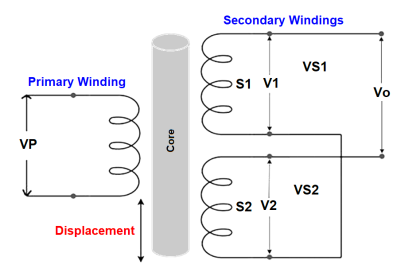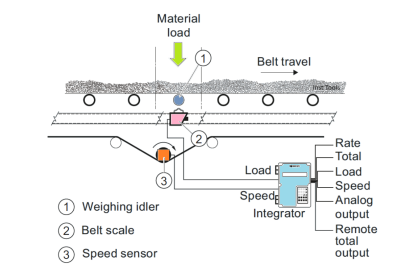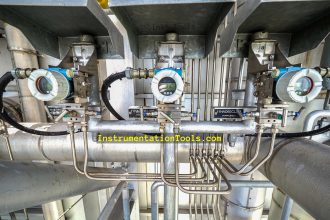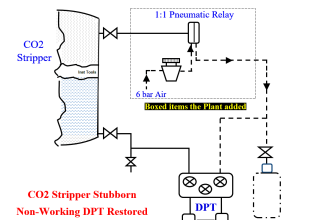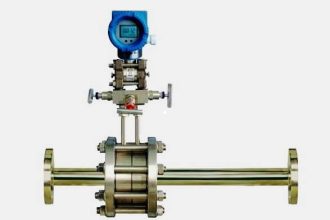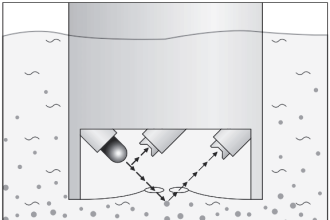Knowledge management platforms have become instrumental to the progress of business operations. These systems are designed to capture, distribute, and effectively use the collective knowledge of an organization. The impact of a well-implemented knowledge management strategy can drastically transform the inner workings and external offerings of a company. Keep reading to delve into the ways these advanced platforms can streamline workflow, bolster collaboration, and ultimately lead to a significant competitive edge.
Uncovering the Role of Knowledge Management Platforms in Streamlining Business Workflows

Alt text: Business professional in an office using a knowledge management platform
A knowledge management platform serves as the backbone for a wide array of business functions, consolidating critical information for easy access and reference. By offering a central repository for data, guidelines, and expertise, employees can quickly locate the materials they need, thereby improving the efficiency of their workflow. Streamlined processes reduce the time spent searching for information, enabling workers to dedicate more time to productive tasks.
Furthermore, these platforms support consistency and accuracy across an organization’s departments. When everyone draws from the same pool of information, discrepancies diminish, and operational harmony improves. This unified approach to data management ensures that workflows are standardized and that best practices are followed consistently, which is essential for quality control and compliance.
Enhancing Decision-Making Processes With Advanced Knowledge Management Tools

Alt text: Business professional in an office using a knowledge management platform
Decision-making is another critical area where knowledge management tools make a significant impact. By offering a wealth of historical data and experiential insights, these tools help leaders draw sound conclusions based on solid evidence. This is particularly important in scenarios that are complex and multifaceted, where intuition alone may not suffice.
Advanced knowledge management tools lend themselves to predictive analytics, utilizing past information to forecast future trends and outcomes. This capability enables decision-makers to plan strategies with a clearer understanding of potential scenarios, effectively aligning business objectives with empirical data. The ability to anticipate market dynamics can position a company well ahead of its competitors.
The collaborative nature of these platforms fosters transparency, a critical factor in inclusive decision-making. When stakeholders can access and contribute to the knowledge base, decisions are made with a comprehensive view that includes diverse perspectives. This inclusivity not only strengthens the decision-making process but also promotes a culture of trust and engagement among team members.
Knowledge Management Platforms and Their Influence on Organizational Collaboration and Culture
Organizational collaboration thrives when there is a shared platform that facilitates the exchange of knowledge and ideas. Knowledge management platforms act as a hub for this kind of interaction, connecting individuals and teams across various departments and geographical locations. By removing barriers to information sharing, these systems encourage open communication and teamwork.
These platforms can also play a pivotal role in shaping organizational culture. When knowledge sharing is seamless and encouraged, it fosters an environment where learning and continuous improvement become ingrained values. Employees who feel empowered to access and contribute to their company’s knowledge base are more likely to feel a sense of ownership and commitment, fostering a cohesive and innovative workplace culture.
Cross-functional collaboration is another significant advantage offered by knowledge management. When teams from different specialties come together to share insights and best practices, the resulting synergy often leads to breakthrough innovations and improved processes. These collaborative efforts that cross traditional silos can lead to a more flexible and adaptive organization.
Fostering Innovation and Competitive Advantage Through Effective Knowledge Management Strategies
Innovation is often the sum of individual insights combined in novel ways, and knowledge management tools are vital for fostering this creative recombination. By providing a platform where ideas can be stored, shared, and developed further, these systems encourage employees to build upon each other’s work and generate new concepts that can propel the business forward.
A competitive advantage arises when organizations utilize their collective knowledge to differentiate themselves in the marketplace. Knowledge management strategies enable companies to leverage their unique experiences and insights to create superior products, services, or customer experiences. The bespoke use of knowledge creates a barrier to entry for competitors and establishes a brand’s authority in its field.
Overall, the influence of knowledge management platforms on the operational efficiency and strategic decision-making of a business is profound. These systems not only streamline workflows and enhance collaboration but also drive innovation and create a durable competitive advantage.


